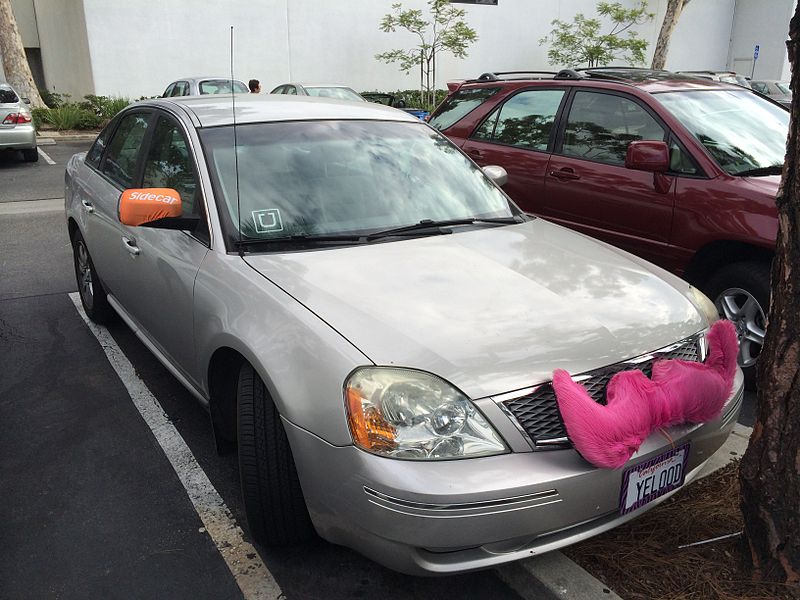Today’s era of fast-paced technological innovation has brought with it a number of ingenious inventions. Private transportation services have especially benefitted from the tech boom. Ridesharing companies are upending traditional transportation systems and, while it is unlikely that it will replace these systems, it could greatly impact their ridership. Riders and transit managers alike must be proactive if they wish to preserve our public transit systems.

Photo: Colin@TheTruthAbout, Wikimedia
Services like Uber and Lyft are great for filling in gaps in the traditional transit system, particularly for evening and first/last mile trips. Up until recently, they have operated much like a traditional taxi service. However, the recently-unveiled Lyft Shuttle in San Francisco is different – instead of emulating a private driver or carpool, it operates like a bus on a fixed route.
While this service is intended to augment (rather than replace) public transportation, it is possible that this will lead to a less cooperative future between public and private transportation. If services like Lyft Shuttle begin to operate on more popular bus routes, they could take business away from the public system.
Public transit networks rely on these popular routes to subsidize less profitable—but still necessary—routes. With many transit authorities already suffering from budget shortfalls, declines in ridership would be a big blow.
There is also the possibility of creating a two-tier transportation system where the affluent can afford the superior private option and the public modes are left to those who can’t afford the private. Lyft and Uber are already restricted to those who can afford them – and, already, private buses like those operated by Microsoft and Google are exclusively for their employees.
It is not an inherently bad thing that the more affluent can afford better services – after all, that is the point of attaining wealth. But the withdrawing of these people from public services can seriously harm them.
To reiterate: when passengers switch from public to private modes, those fares no longer contribute to the public system. Additionally, passengers who do not use the public system would be less invested in improving and maintaining it since their commuting trips do not rely on it.
There is also the matter of equitable wages. Many private services pay their drivers less than those in the public sector, who are often unionized. Uber and Lyft have long had questionable labor policies. Any savings due to lower wages paid by private companies are not real gains in efficiency, but equivalent to a pay cut.
There are less direct impacts as well. Relying on and investing in a public system creates the incentive to participate in the local political process. It encourages passengers to think of the community as a whole and consider the needs of the whole region.
Private transportation services are bringing much-needed innovation to our transportation systems. They are a crucial part of the transportation network alongside public transit, cars, bikes, and every other manner of moving from place to place.
Emily Castor, Lyft’s Director of Transportation Policy, believes that Lyft’s new shuttle service can work alongside public transit. She argues that “flex transit” like Lyft Shuttle, can bring small-capacity service to areas with ridership too low to support buses or trains, and “melt away” when there is no longer demand.

Photo: Carsten Titlbach, Wikimedia
On the other end, transit agencies are working with ride sharing companies to augment their service. One example is Pinellas Park, Florida, where the local transit authority subsidized residents Uber rides to offset the shortcomings of their suburban bus system.
Despite its advantages, private transportation cannot fully replace the vital services that public transit offers: a connected community that is reasonably accessible to all people, all the time. Private transportation, if not managed properly, can harm the public system.
For this reason, existing public transportation systems should work to integrate private transportation into their networks in ways that are beneficial to both. It is the responsibility of transit planners and riders to ensure that their system continues to adapt to changing times without sacrificing the things that make it great.
The views and opinions expressed in this article are those of the author and do not necessarily reflect the official policy or position of The Eno Center for Transportation.



